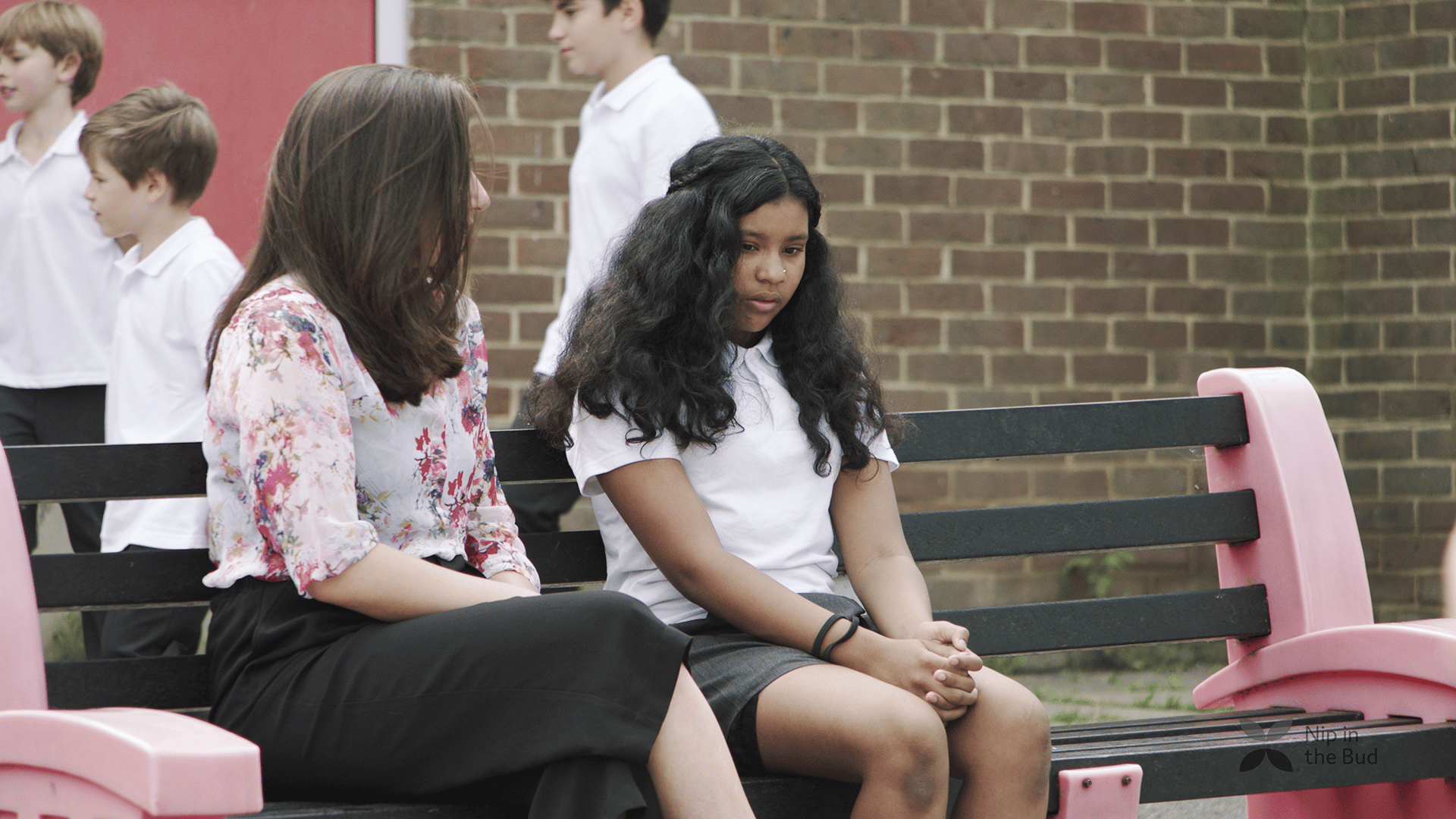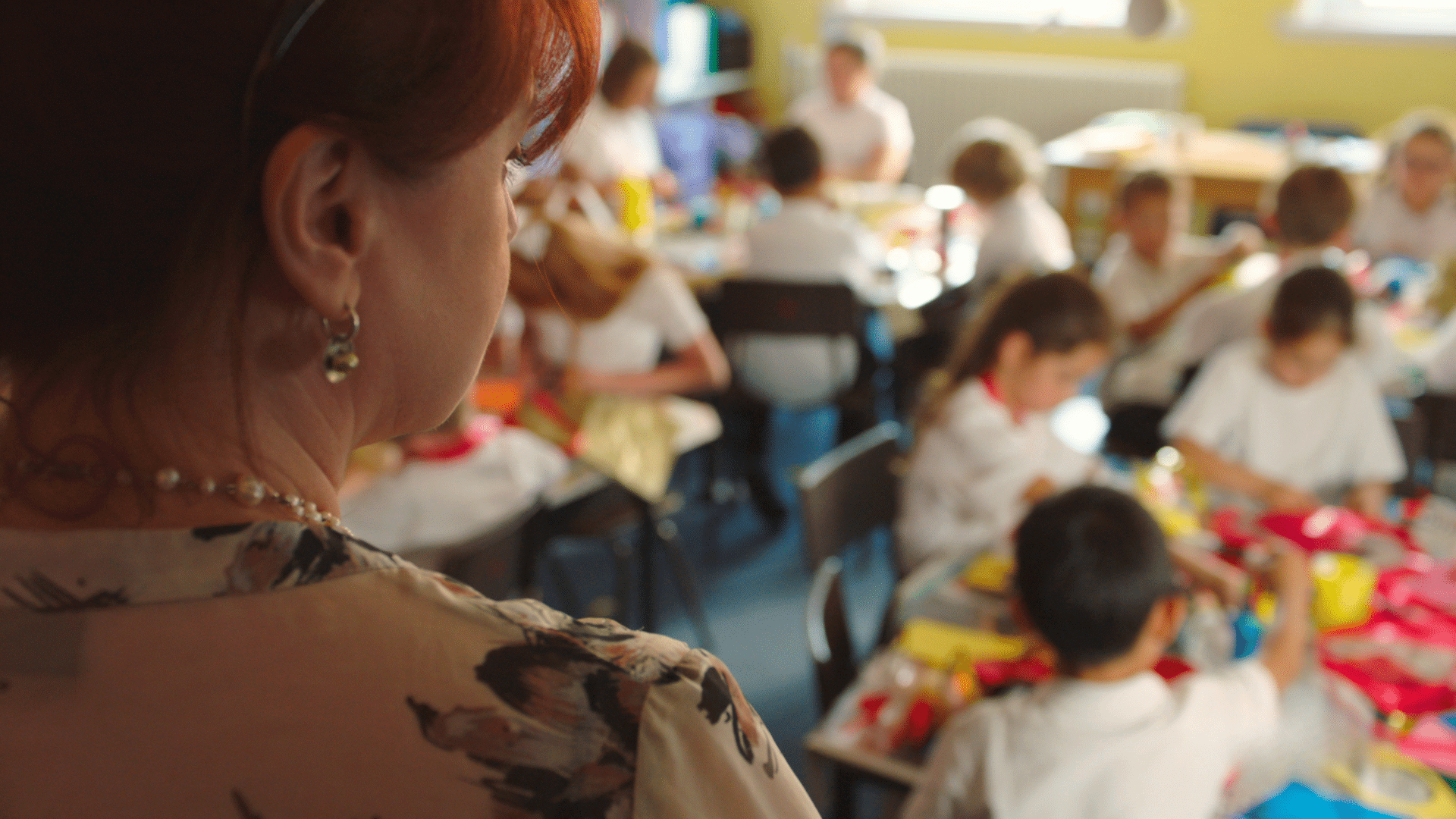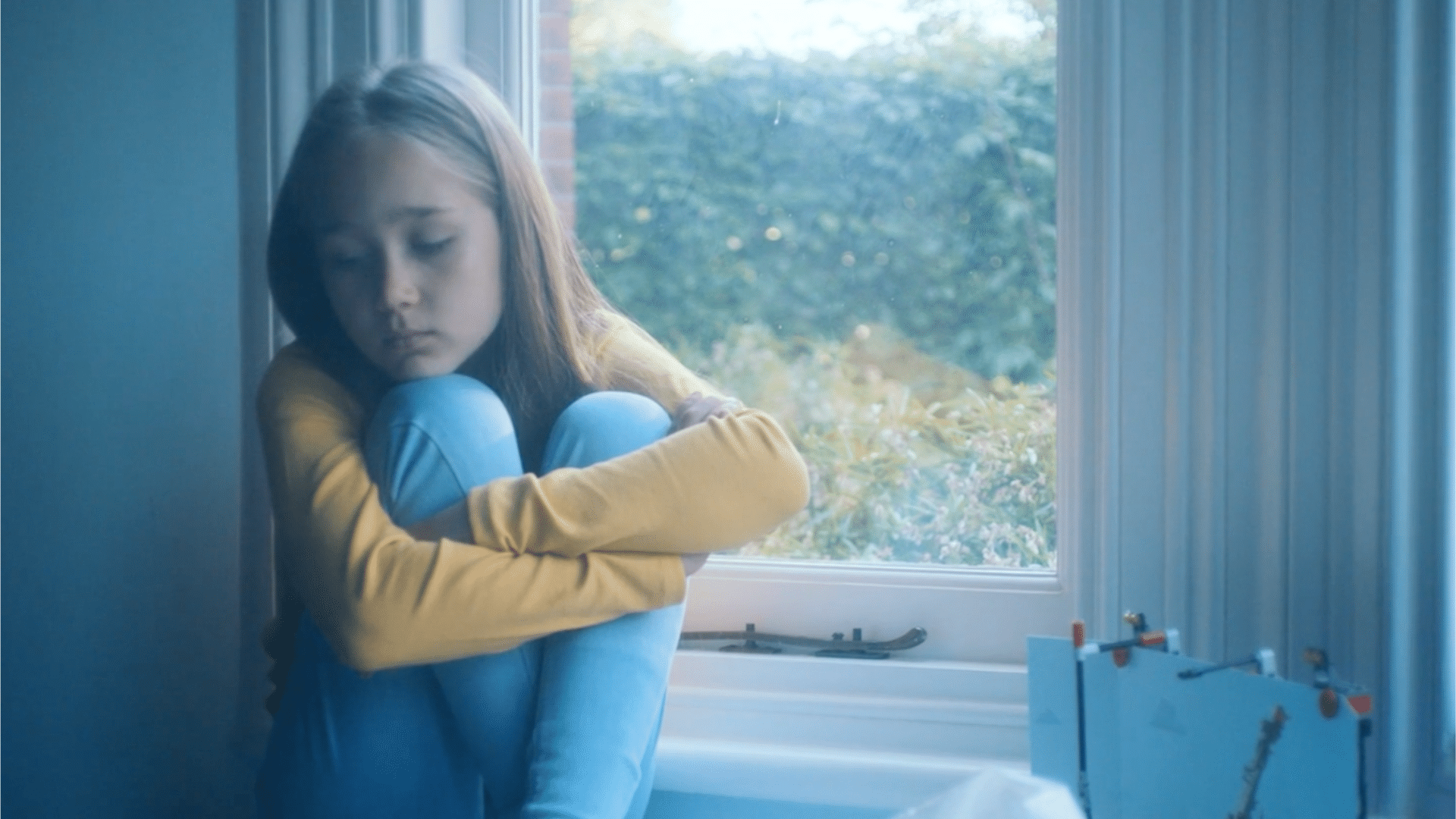
By talking to children about mental health and neurodiversity we can help them understand and accept themselves for who they are, and give them the tools to ask for help when they need it.
Inclusive language
As our awareness of mental health and neurodiversity changes, so does the way we talk about it. Neurodiversity is an inclusive term which means that everyone experiences things differently, but even the way ‘neurodivergent’ is used can still suggest there is a ‘normal’ to diverge from, or aspire to. This way of thinking can be ‘othering’ for children, even as they learn to embrace their differences.
Sometimes what’s not said can be just as important, especially if children feel that there is something wrong with them or that their experiences aren’t valid. When language is imperfect or incomplete, it can be helpful to encourage children to find their own way to identify themselves, using words which feel right to them.
Early intervention support can stop mental health conditions becoming entrenched, but this also applies to the core beliefs children have about their own identities, and the long-term impact this can have on their self-worth. If we can help nurture a sense of agency, self-respect and possibility in young people, then ultimately, we can grow their worlds instead of shrinking them.
Diagnosis and labels
For some children, a mental health or neurodevelopmental diagnosis can be a stepping stone to help them get the support they need and may become an essential part of how they see themselves. However, for others it might feel limiting or like being put in a box, and they may prefer not to use labels as they get older. It is therefore important to explore how a diagnosis makes a young person feel about themselves and any preconceptions they may have.
Sadly, in 2022 almost a fifth of children aged 7 to 16 years old had a probable mental disorder. If a child is experiencing mental distress for the first time, they might not understand what it means to be diagnosed with a mental health or neurodivergent condition, or even have the words to ask for help. Without knowing how many others have been through a similar experience, they may feel they have to struggle alone.
Having a diagnosis can help young people access communities who have similar challenges, and give them insight into their own struggles. It might also give them ‘permission’ to behave in a way that comes naturally, rather than trying to fit into a situation which doesn’t work for them. A diagnosis can also give others a framework to understand and respond to challenging behaviour and offer the most appropriate support.
A diagnosis might make it easier, or even be necessary, to access certain support in school and eventually in the workplace. However, offering support solely based on diagnostic criteria can have its own pitfalls. For example, we know that autism is often undiagnosed or misdiagnosed in girls because of diagnostic criteria based on the experience of boys, and this makes access to early intervention less likely. Whether a child has a diagnosis or not, we should aim to meet them where they are, with their own individual strengths and challenges.
Mental health awareness
Discrimination is usually not as obvious as name-calling, and without adequate understanding and support, some people will always feel shut out of schools, workplaces and many other environments. Both mental health and neurodivergent conditions have a big impact on school attendance, and it’s important that children don’t blame themselves when the world doesn’t always make space for them.
Young people are very sensitive to the messages they receive from parents, teachers, friends, as well as characters on TV or in books. This is why it’s so important that children are introduced to a range of role models they can relate to talking about and normalising mental health struggles and neurodivergent conditions. This can be a powerful way to demonstrate what they are capable of and to challenge any limiting beliefs.
It can sometimes be difficult to ensure there is adequate understanding and support in place, especially when schools only have enough funding to support one teacher to complete even basic mental health training. However, even with limited resources, there are always creative ways to make life easier for a child who is struggling.
Although mental health is increasingly discussed in the open, we still have some way to go to lift the stigma in many environments and communities. By talking to children about mental health and neurodiversity we can help them understand and accept themselves for who they are, and give them the tools to ask for help when they need it.
Sign up for our term-time emails to receive educational films, factsheets and blogs to support young people’s mental health and neurodiversity. If you are concerned about a child, please see our Where to Get Help page.





